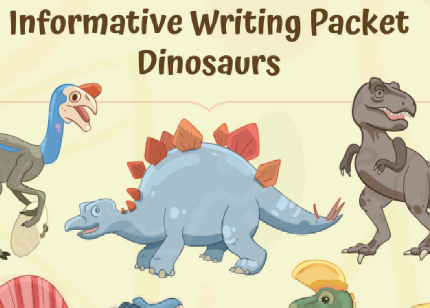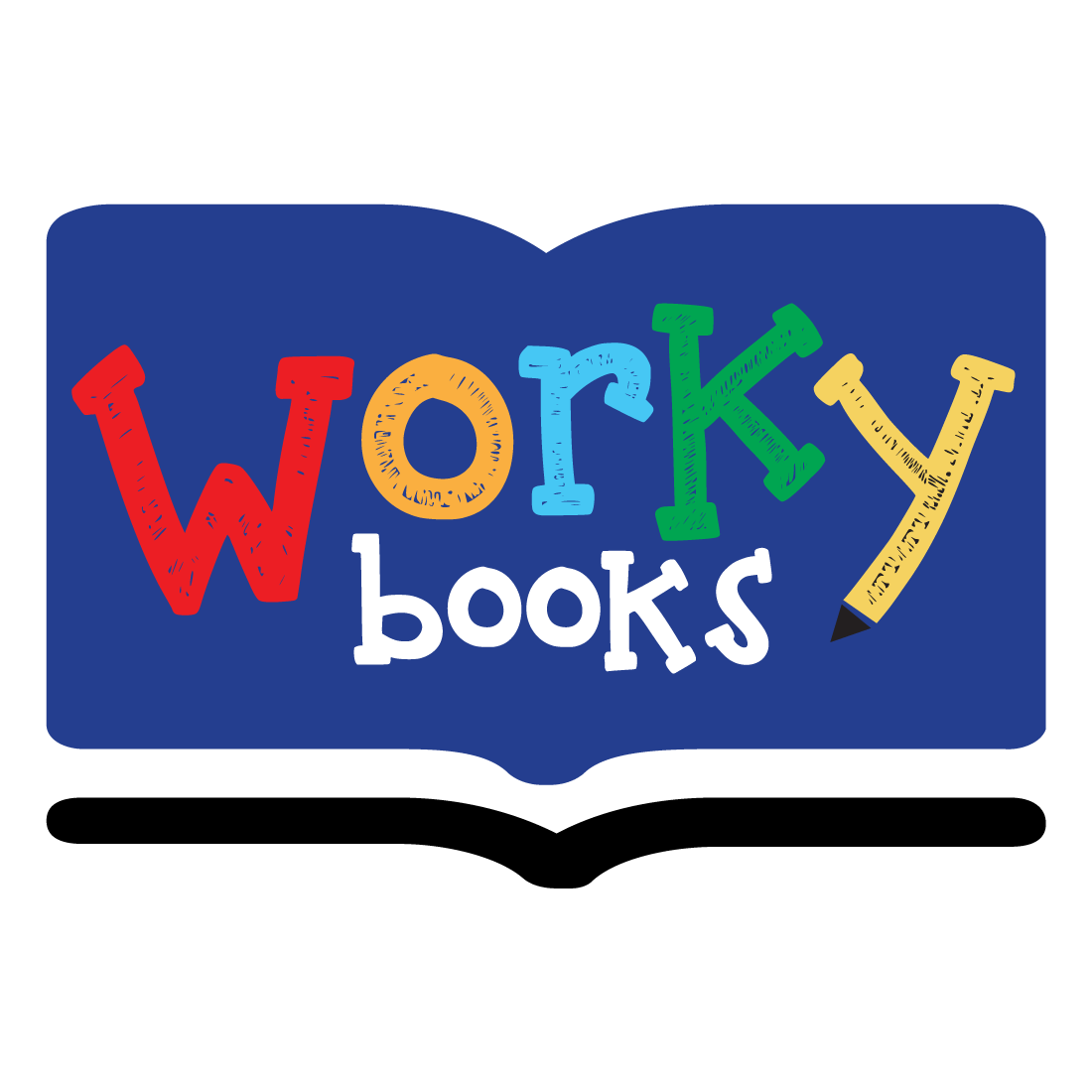Tips for Teaching Informative Writing

Improving your students’ nonfiction writing skills can be a challenge. Informative writing in particular can cause students to feel overwhelmed because it requires them to research a topic in addition to their writing. Developing a topic with facts and tying it up together into one comprehensive piece doesn’t need to be a taxing process for your class– there are steps you can take as a teacher to guide your students through their research and writing with ease. Keep reading for tips on how to make your informative writing unit run smoothly.
1. Make sure your students understand the difference between facts and opinions
-This step, although it may seem obvious to us adults, is imperative for students to understand. Before they start their writing, make sure your students can differentiate between facts and opinions. This sheet from Workybooks is a great way to practice this skill.

2. Give example writing
-Give your students some examples of informative writing to give them a feel for how their own writing should read. Point out any important qualities of informative writing like where the author gives a fact or detail. This will serve as a reference for students when they are developing their own writing.
3. Guide them through their research
-Writing on its own can be stressful for some– adding research to the process can make your students feel even more overwhelmed. Help your class through this step with guided research sheets. It will help them to sort through the information in a meaningful way, as well as guide them through what to search for.

4. Go through the writing process step by step.
-When you break down the writing process step by step, it becomes much easier for students to digest. For example, when writing your introduction, start with a hook sentence and a topic sentence. Then ask your students to think of a sentence that bridges these two ideas. Put it all together and BAM! You just completed your introductory paragraph.

5. Add student helper sheets
-Give your students resources to help their writing flow. Sheets with transition words and phrases on them will enhance your students’ writing and help them convey facts and details from their research in a way that is easy to understand.


Informative writing has never been made easier with this dinosaur-themed packet from Workybooks. This resource takes students through the entire writing process step by step, start to finish. What’s Included:
-Dinosaur Cover Page – available in black & white for students to color and design their report.
-Information Page – gives examples and pictures of dinosaurs and a short description of each.
-Research Page – a guided research sheet designed to organize information about your dinosaur. Includes space to write three facts about your dinosaur.
-Writing Your Intro Page – guides students through the introductory paragraph sentence by sentence.
-Body Paragraph Page – guides students through the body paragraphs sentence by sentence – includes facts & details about your dinosaur.
-Conclusion Page – guides students through writing their conclusions by restating their facts and topic sentence.
-Transition Words & Phrases Chart – helps students’ writing flow by providing transition words & phrases and when to use them.
-Writing Template Sheet – a sheet for students to write their informative writing piece.
Download this resource here and watch your students grow as writers!



